Musicians have been a significant part of creating or even altering culture. And Guitar was the choice for most of these revolutionaries. The guitar's effect on music is of a monstrous magnitude. And wouldn’t you want to be a part of it, play the guitar and rock out?
The only problem would be choosing a guitar. In the 21st century, we have tons and tons of styles of guitars. Choosing the wrong type of guitar could cause a problem with your journey in learning the guitar.
In this post, we’ll walk you through all the various types of guitars that exist in the market. But first let's learn a little about the origin of the guitar.
What’s a lute?
A lute is any plucked string instrument with a neck and deep round back with a hollow cavity. They may have frets or may be unfretted.
It is this design that inspired the guitar and many other stringed instruments. It has a soundboard, back, neck, bridge, frets, and strings. So, with this as the origin of our beloved instrument, let’s get started.
Different Types of Guitars
There are three broad categories of the guitar, each with its unique sound and aesthetic.
The Acoustic Guitar
The Acoustic Guitar has a hollow body that amplifies sound and string acoustically. They are usually made of wood and have six strings. The The Acoustic Guitar has a hollow body that amplifies sound and string acoustically. They are usually made of wood and have six strings.
The Fender CD-60s is considered as the best Acoustic guitar. They come in several different shapes. Some are symmetrical, and others have a ‘cut away’ [ a little bit of the guitar body is cut away to allow access to higher frets].
The Steel-Stringed Acoustic Guitar
The Steel String Acoustic Guitar is the most commonly owned guitar by beginners. They are simplistic in design and come in several body types: Orchestra, Dreadnought, Symphony, Parlor, Auditorium, Travel, and Concert.
The body style plays a significant role in projection and volume, and slightly influences the tone. The larger body style guitar produces a loud, deep, and bassy sound. The smaller body type, on the other hand, produces a sound that is brighter and cuts through a mix.
The Steel-String type does pretty well on its own. These acoustic guitars are exceptional and work across various genres like country, blues, pop, folk, indie, and more.
The steel-string is very beginner-friendly. When beginners play guitars with heavy gauge strings, they experience pain in their fingertips. However, you will get comfortable over time. So, the smaller or mid-sized guitars are the way to go for beginners.
The Nylon String Acoustic Guitar
The Nylon stringed acoustic guitar is sometimes referred to as the classical guitar. The strings of the nylon string guitar are tuned identically to the steel-string guitar, the only difference being, the strings are made of nylon.
The classical guitar doesn’t differ too much in style; the shape remains the same. But various sizes are available. Now there is something we need to talk about which creates the difference between Nylon and Steel-string Guitar. It’s called “Action.” Action refers to the height of the string above the fretboard; the lower the action - the less effort that is required to press the strings and play notes.
In the case of steel-string acoustic, the guitar tends to have high action and heavy gauge string. You can later lower this based on your preference, but this sometimes requires permanent modification to the guitar. You should wait until you are reasonably confident to adjust.
And for Nylon string guitar, they need to produce bell-like clarity and avoid fret buzz, with higher action. Classical guitars are made with cedar or spruce soundboard to get the iconic bright tone. The nylon string guitar is ideal for classical styles of music; they play well for folk and jazz too. The tones are softer and mellow and tend to have low volume.
One of the most significant benefits of using nylon string acoustic as beginners is that they are gentle on the fingers. This makes strings easier to press down and strum notes.
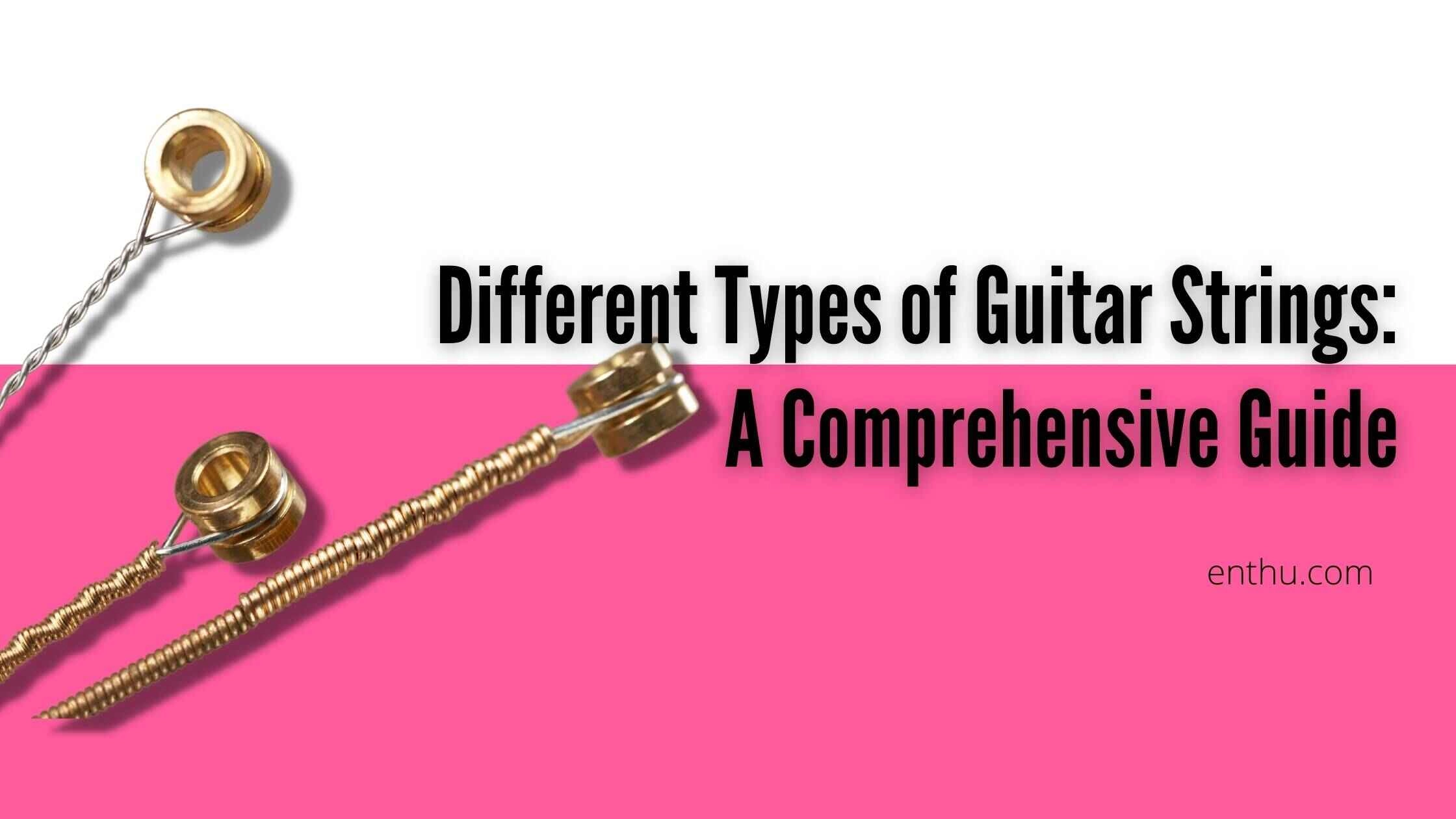
The downside to this is; they have a wide fretboard, a limited range of style, needs some practice to restring. The restringing process is very different from how you would restring the steel-string. The restringing process involves tying a special knot that you need to get right.
We are now moving on to the next type.
Acoustic-Electric Guitar or Semi-Acoustic Guitar
They occupy the middle ground between acoustic and electric guitar. They are effectively regular acoustic guitars fit with pickups, an output jack, and built-in tuners.
They are thin and compact like the electric guitar but have hollow bodies like the acoustic guitar. An acoustic-Electric guitar won’t produce quite a loud sound when unplugged as an acoustic guitar.
They act on the piezo-electric effect as in - the piezo pickups use the vibration of the strings directly, which tends to result in the most authentic sound for an acoustic-electro guitar. This guitar can play whatever the regular acoustic guitar can play. You can also plug in effect pedals like you would in electric guitar.
They are ideal for players who want versatility sometimes, they can get an acoustic tone with but also play through cranked-up amplifiers.
Type of Guitar: Electric Guitar

The Fender squire classic vibe ‘60s stratocaster is the best electric guitar for beginners. The weight and density do impact the sound of an electric guitar. There are two main types:
Solid Body Electric Guitar
It is the style most people automatically picture when asked to imagine an electric guitar. The thing that makes solid body guitars unique is the freedom and customization that can be done on them.
Almost every piece of hardware on the guitar can be upgraded. It can be used for nearly every style of music. Part of what makes this guitar so versatile is the number, location, and pickup type.
They also gain versatility from their responsive effect. They can produce shred a metal riff and crossover to classical with just the push of a button.
They can suit any budget, and most models offer a lot of adjustabilities. Not only that, but electric guitars can use a much lighter string gauge than acoustic guitars, making them very easy on the fingers.
Semi-Hollow Body Electric Guitar
Semi-hollow body electric guitars were designed to counter the infamous feedback issues that plagued the early hollow body “Spanish Style” electric guitars.
Their name come from a solid wooden block that runs through the body's center, leaving the sides or bouts hollow. The sounds it produces are less focused than the solid body.
But despite their old-school look, semi-hollow guitars are used across many genres as a solid body.
Type of Guitar: Bass Guitar
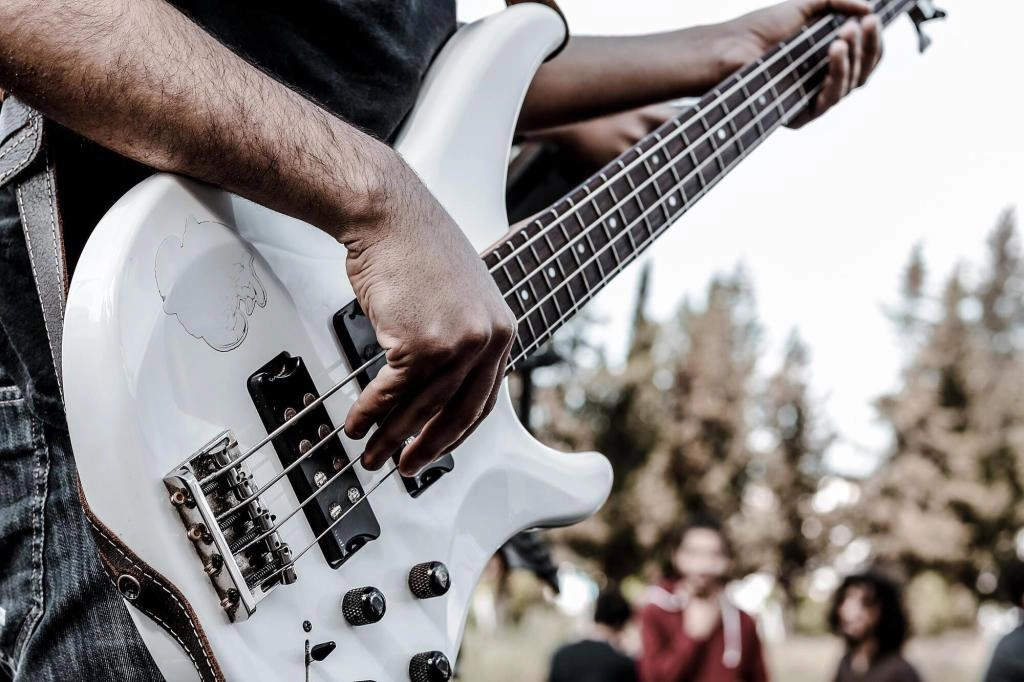
bass guitar produces a deep low in a band but can also play awesome solos in the hands of a veteran. Earlier, being a bass player meant lugging massive instruments, but now there are guitar versions of the bass; it is more portable than its predecessors.
They are available in acoustic or solid bodies. Unlike the regular guitar, bass guitars usually have four strings, and they are big and thick, producing a very wide and Earth shacking sound.
This guitar isn't meant to play screaming solos; it is an accompaniment instrument. They are primarily used to create rhythmic sections and powerful low-end notes.
Bass guitar spans the genres - no matter the specific style, Bass guitars are particularly prominent in jazz and funk. While they are part of the wider guitar family, bass guitars are an entirely different instrument from the 6 string guitar. Fortunately, many fundamentals are the same, including scales.
Distant cousins of the guitar
There are several other instruments that come under the Lute family. You can consider them to be distant cousins of the guitar. They are just other types of stringed instruments, not guitars.
The Ukulele
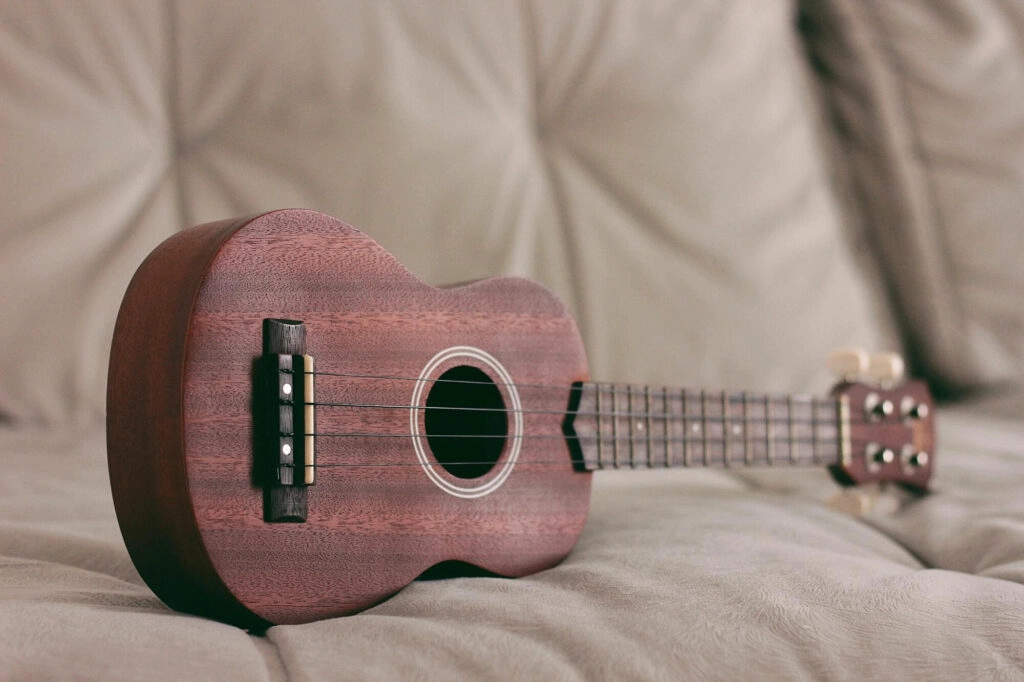
The Mandolin
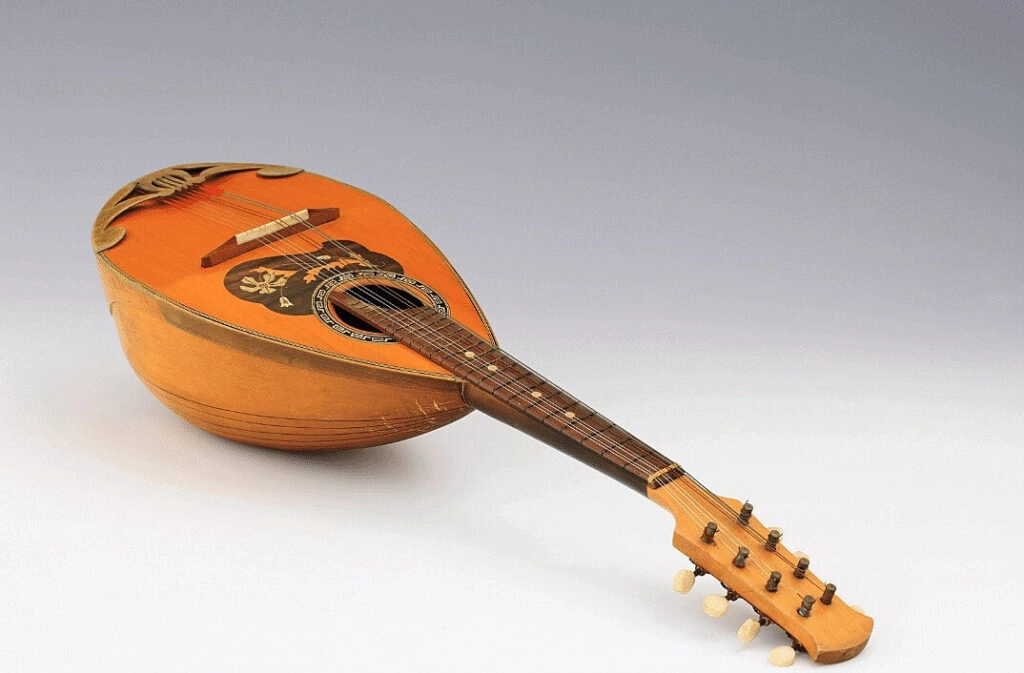
strings anchored to the tailpiece. However, they are strummed like a guitar rather than playing with a bow. They produce a very bright and treble sound.
The Banjo
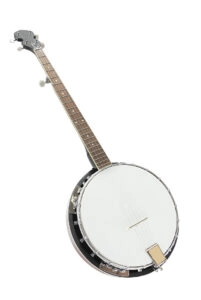
strings that are usually tuned to open G Chord. It has a thin membrane stretched over it; it looks like a drum for a body to act as the resonator. They produce treble but no bass, which gives it a twangy top-heavy sound.
How to Choose a Guitar?
There are many styles, but fortunately, most beginners and aspiring guitarists already know what type they like. But this isn’t enough to decide which type of guitar is right for you.
Beginners often start with the acoustic guitar; they give a beginner-friendly vibe. As in, they are easier to tune and maintain. They perceive being “less noisy” than the electric guitar, but that may not be entirely there.
You can’t control the volume on acoustic guitar; they are always at ‘full volume’, which isn’t the case with electric or bass guitar. This isn’t to say that getting started with an electric guitar is more accessible.
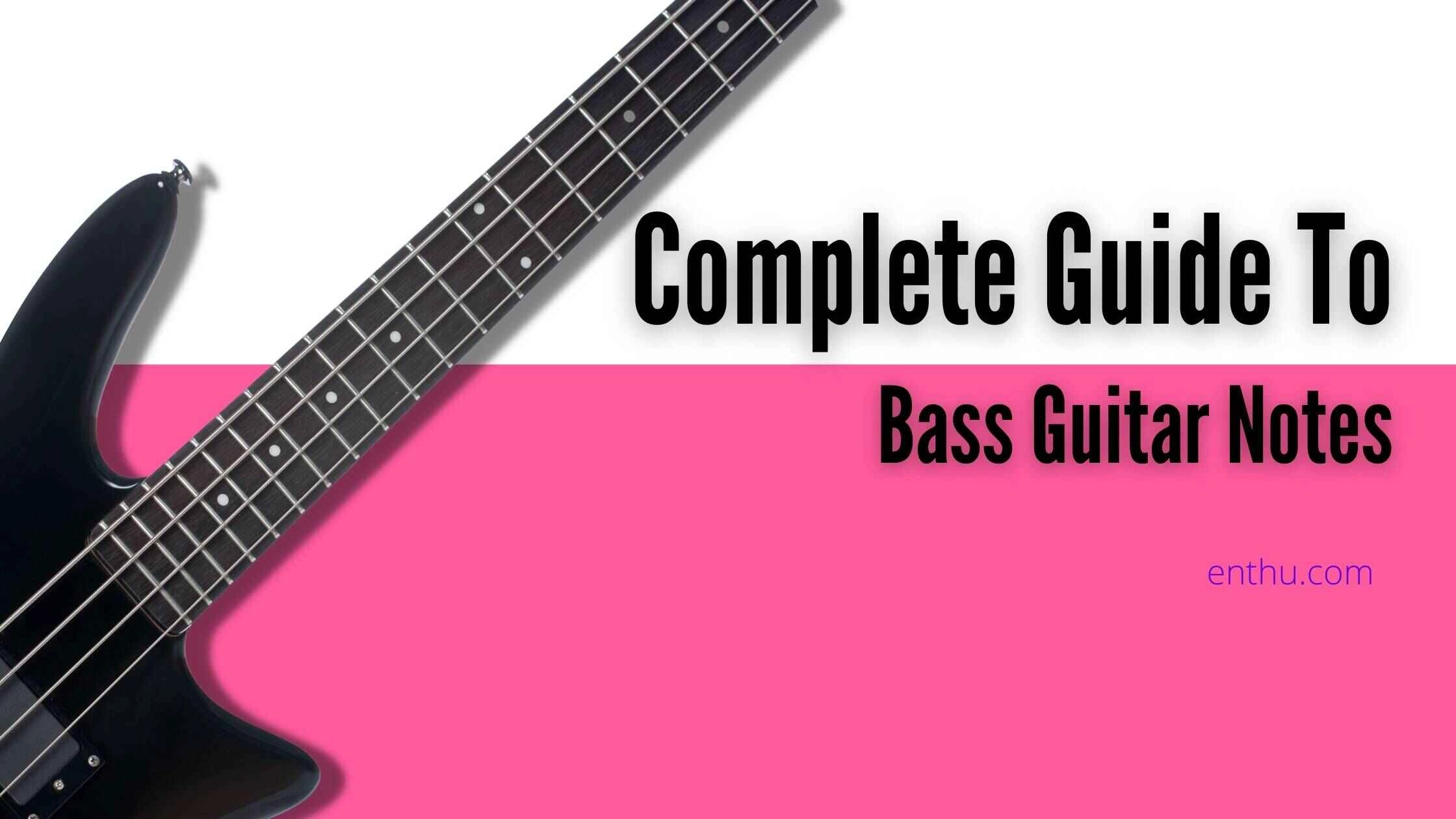
The choice of your guitar should depend on what style of music you would like to play in the long run. You can’t hope to choose the acoustic if you want to play metal and choose electric if you wish to play classical style, folk, or bluegrass.


Conclusion
The guitar is a stunning instrument that produces a soul-soothing melody if you play it right. You can learn on your own or try taking online guitar courses. The type of guitar you choose to play should highlight your personality and the music you enjoy.
So without further adieu, pick the guitar style that speaks to you and start composing some super solos, if that’s what you want. Or you can create sweet, simple melodies to sing a song along with the playing.
FAQs
1. Which guitar type is best?
This is a question that has no right answer. Each type of guitar is unique for its sound and tone they produce. Each guitar type caters to their particular range of genres. As such, the question of which is best is a moot comparison in between the different types of guitars.
2. Which type of guitar is easiest to play?
The acoustic guitar is considered to be easiest to play for beginners, but it comes with its own set of challenges. It’s easier to maintain and restring. Unlike the electric and bass guitars which need some practice.
3. Should I get the right or left-handed version of my instrument?
LWe use our stronger arm to strum the guitar and the weaker arm on the fretboard to press down on strings. That means, if you are a righty, you use your left hand for all the hard work and the strong hand to strum.
If you happen to be a left-handed person, you would do the exact opposite. The left handed version of most instruments is pretty hard to find because only about 10% of the world’s population is left handed. You should choose your guitar by what feels right to you.


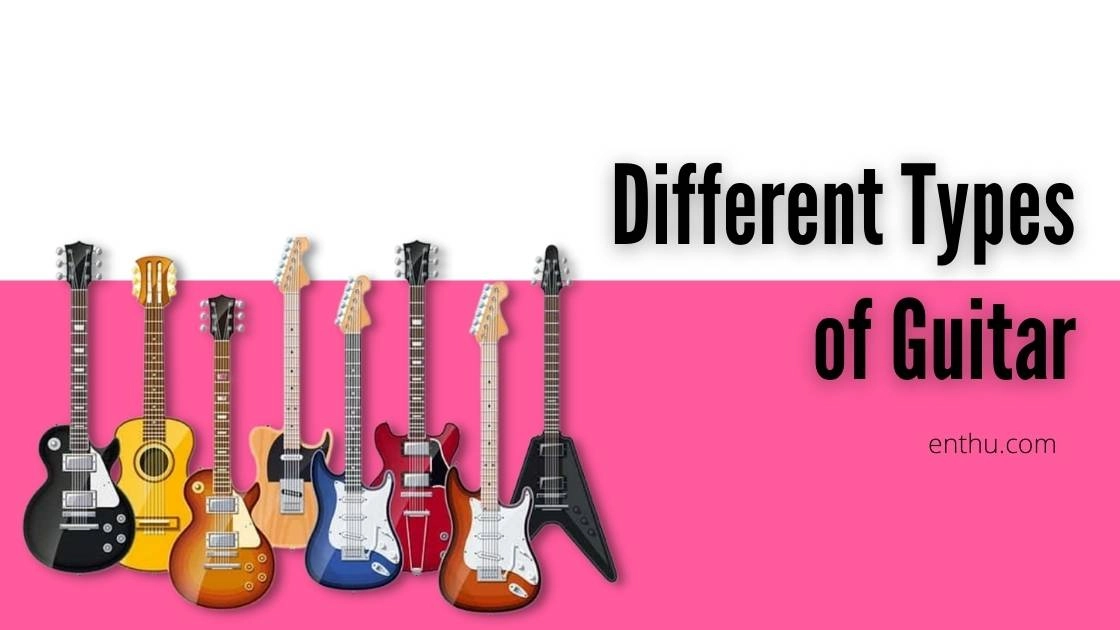
.png)


Comments